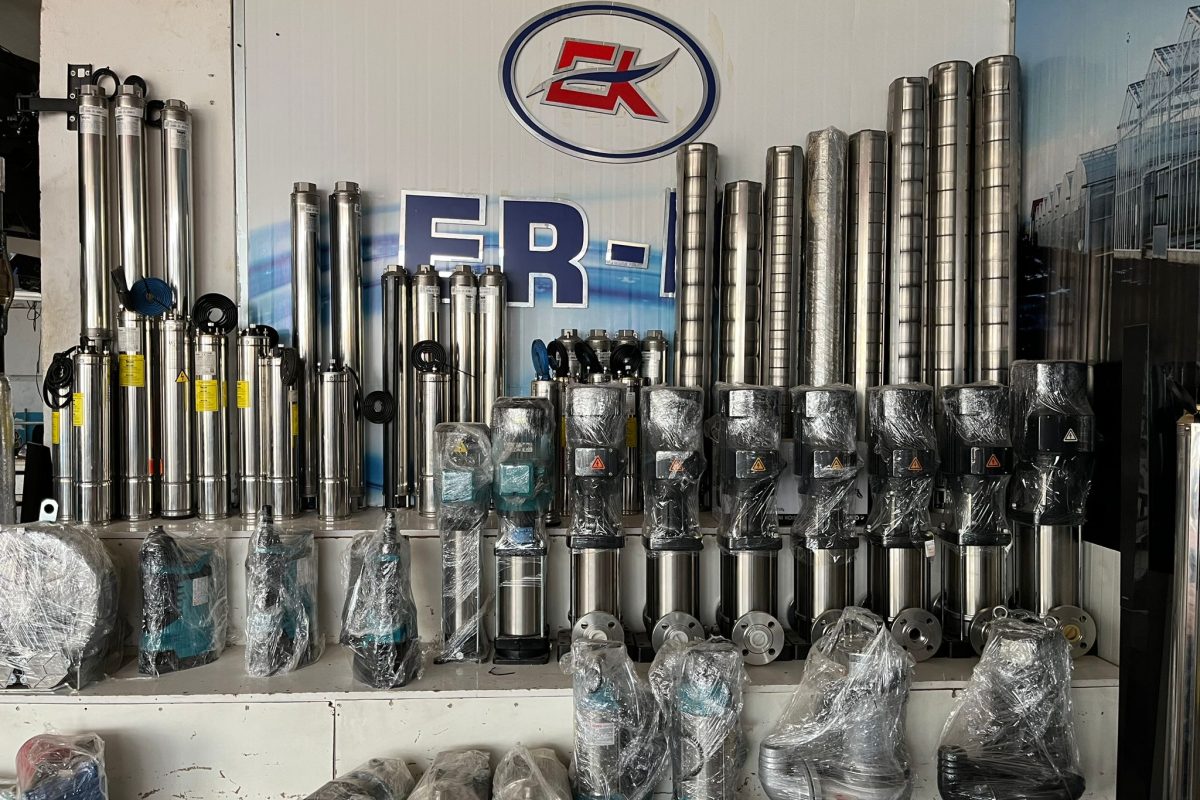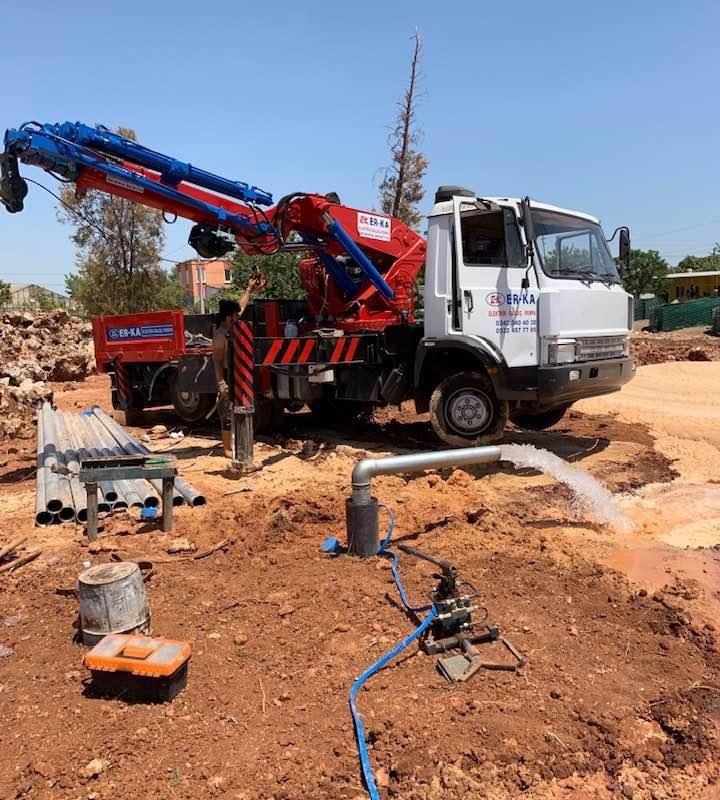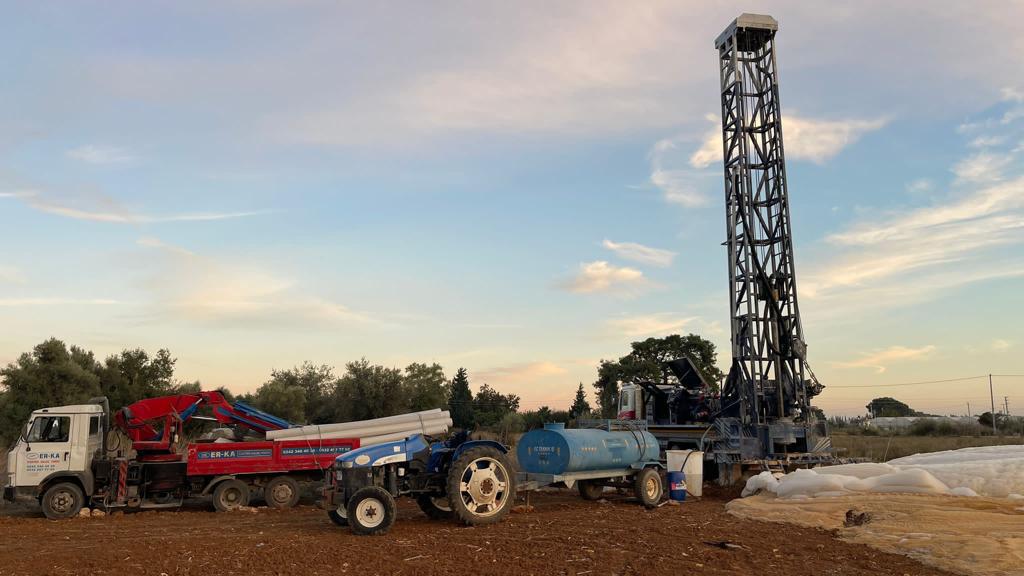A submersible pump is a type of water pump used to draw water or other liquids from a well or reservoir. This type of pump operates by being submerged directly into the water. In other words, the pump’s motor and impeller are placed directly inside the liquid and operate from within the water. This allows the submersible pump to be effectively used for drawing water from a well, reservoir, pond, or other water sources and lifting it to the surface.
The basic components of a submersible pump include:
- Motor: The motor of the submersible pump powers its operation. Electric motors are commonly used.
- Impeller: The impeller or rotor, responsible for the water-drawing process, rotates according to the motor. Being submersible, the pump can rotate directly within the water.
- Inlet and Outlet Pipes: The pump has an inlet pipe through which water is drawn and an outlet pipe through which the drawn water is discharged.
- Control Box (Optional): Some submersible pumps come with control boxes used for monitoring water levels or enabling automatic operation.
Submersible pumps are particularly suitable for use in deep water wells or areas with fluctuating water levels. Their durable and waterproof constructions, along with the ability to operate within water, make them preferred. Widely used in construction, irrigation, domestic water supply, and industrial applications, these pumps ensure efficient water extraction.



